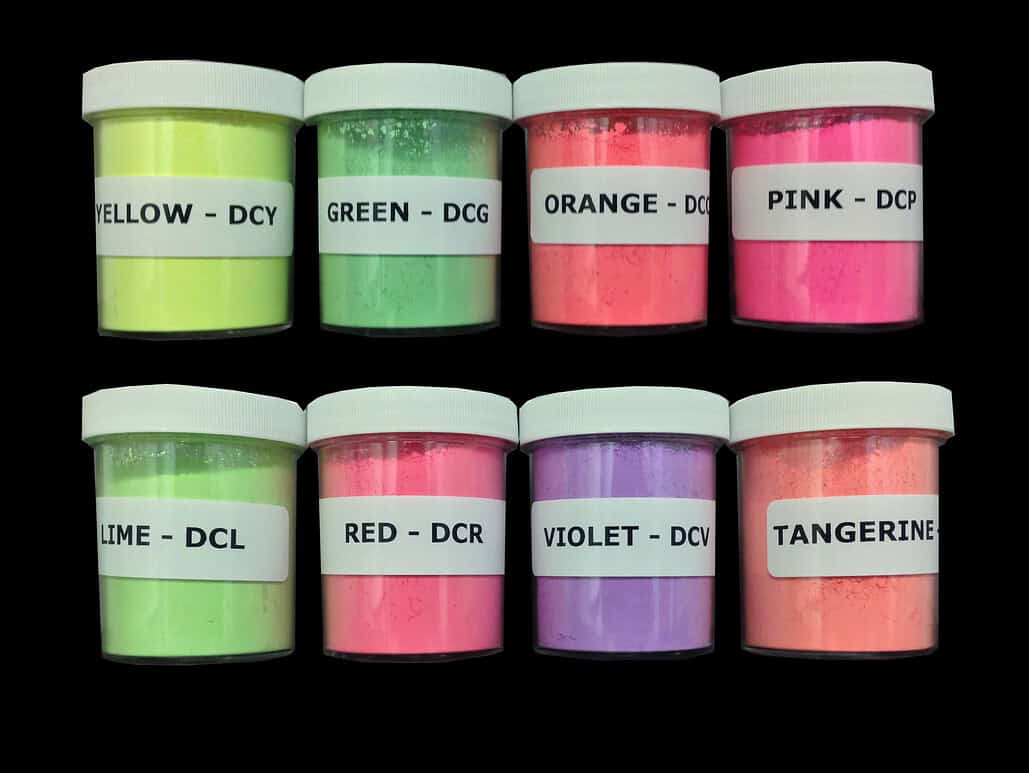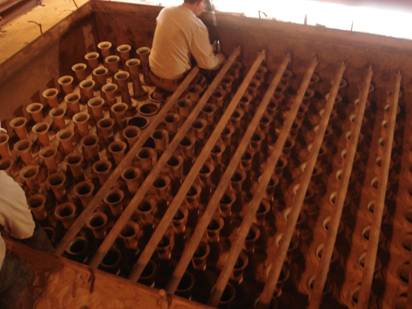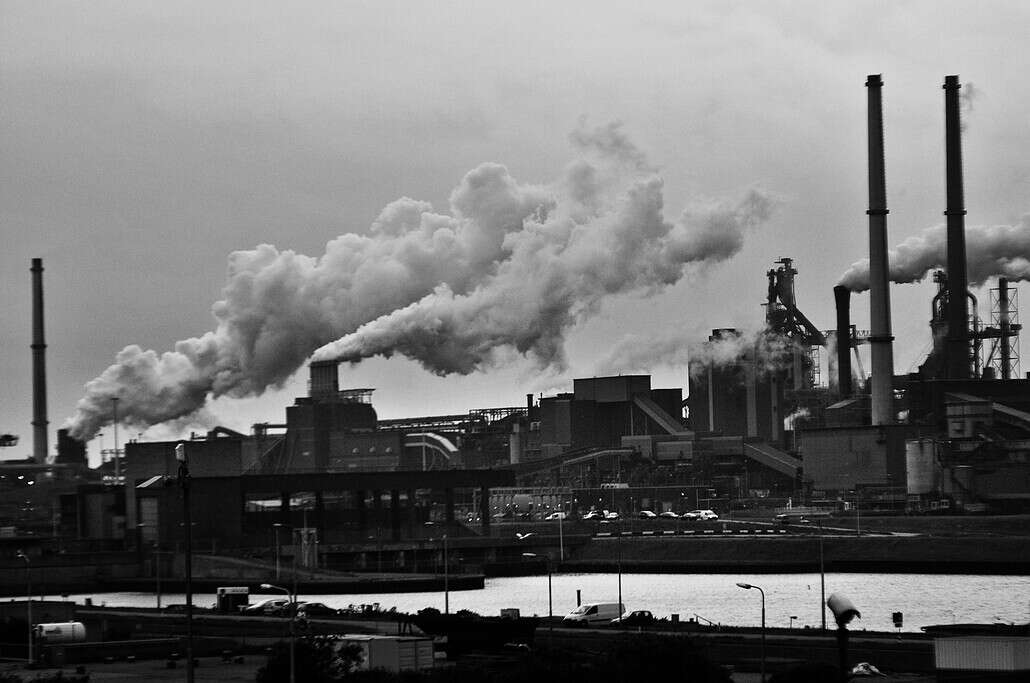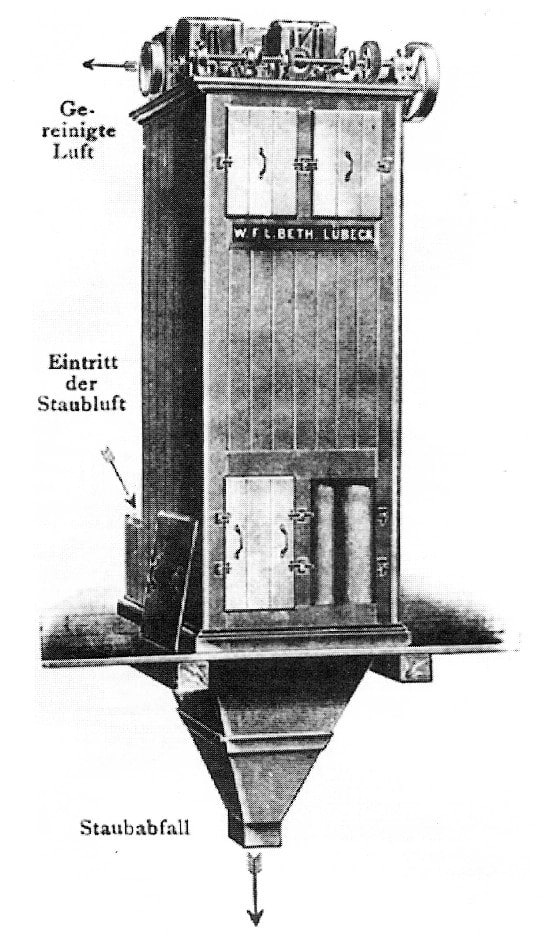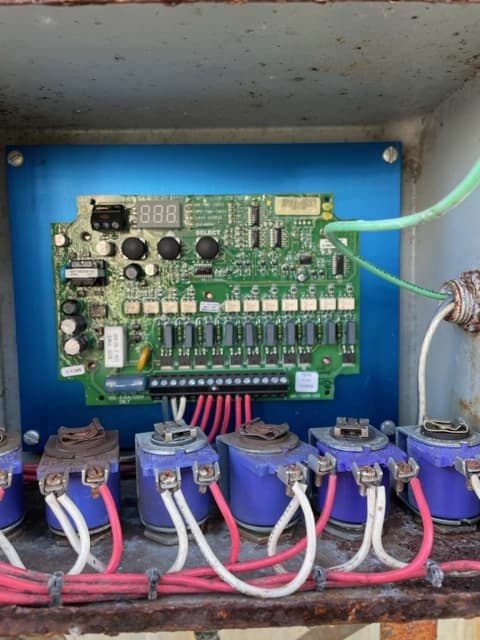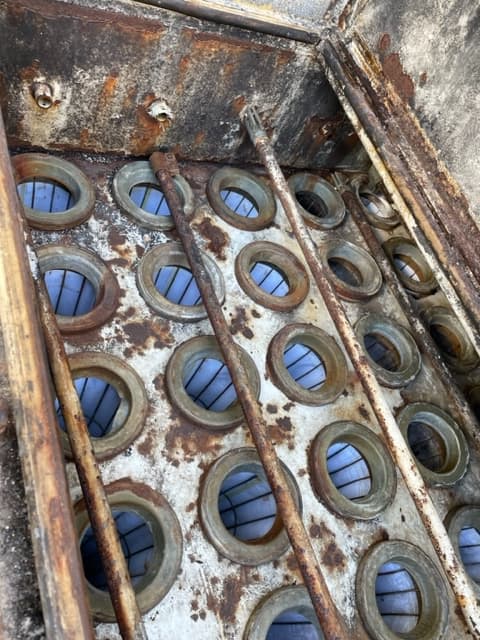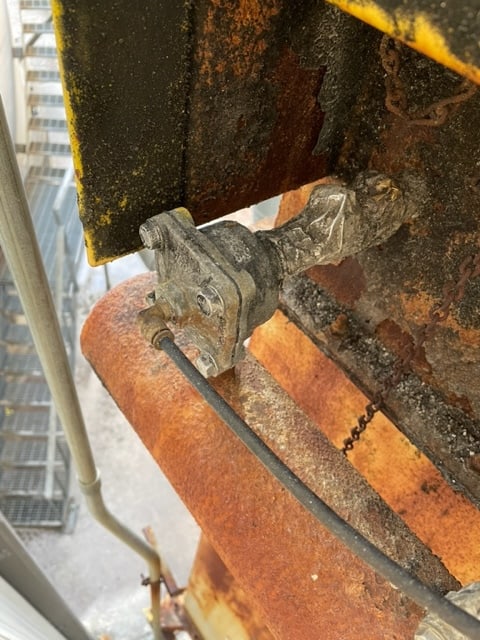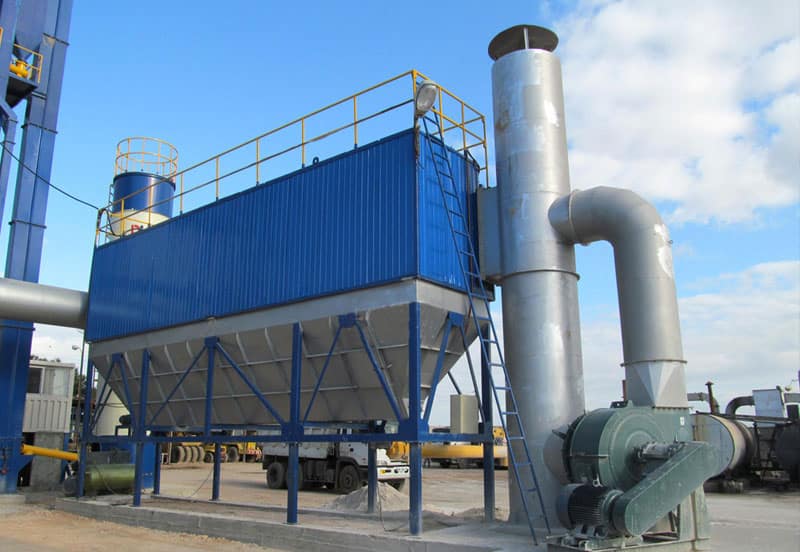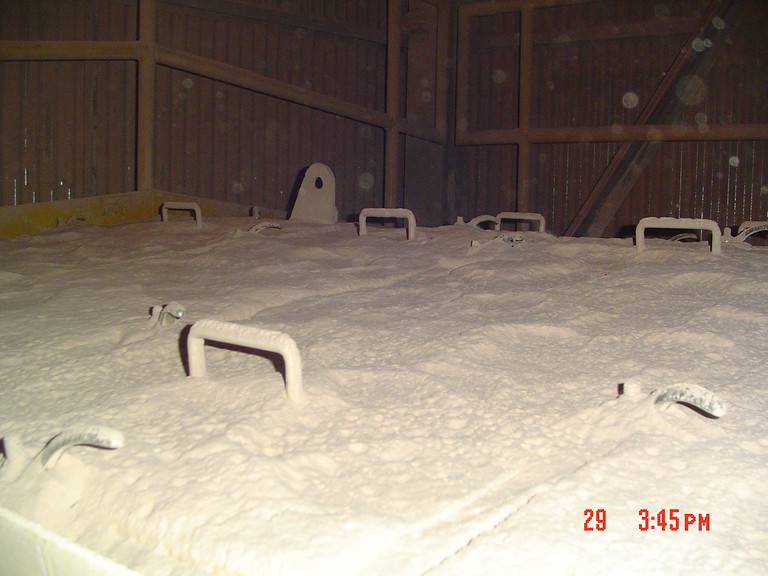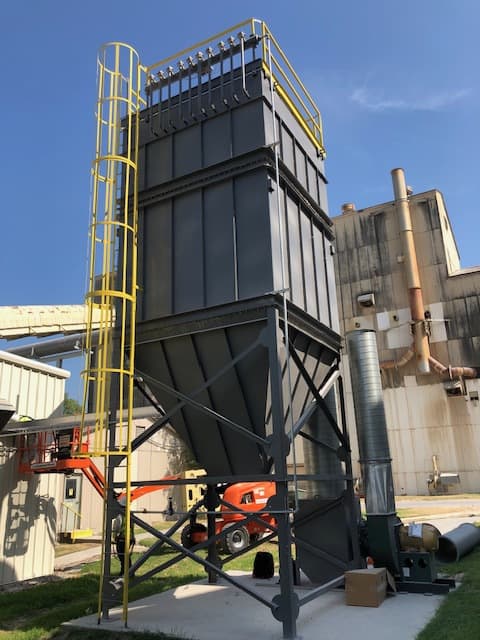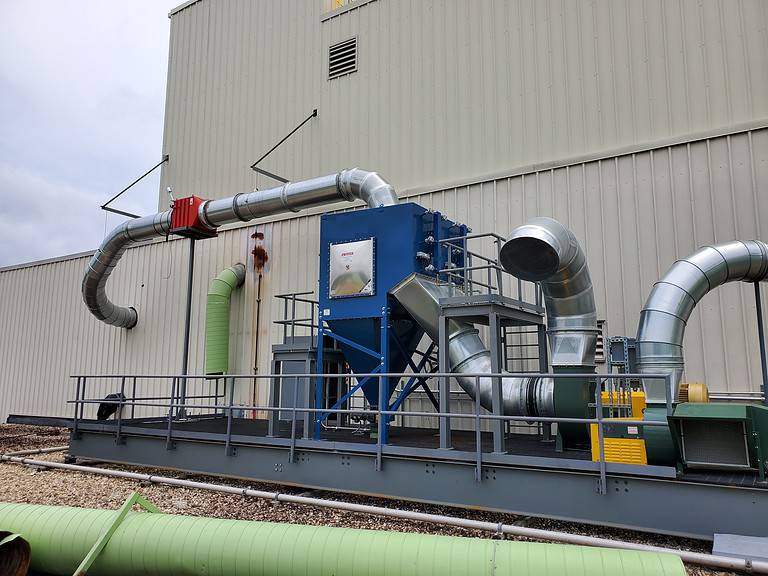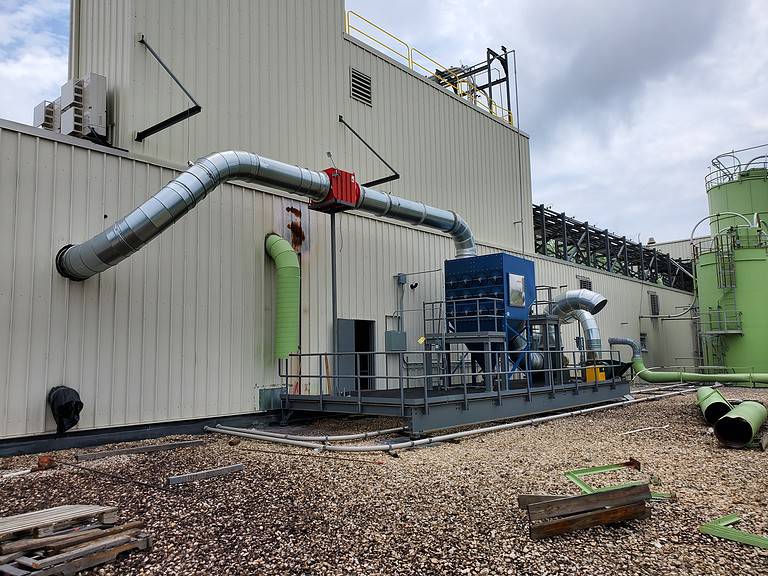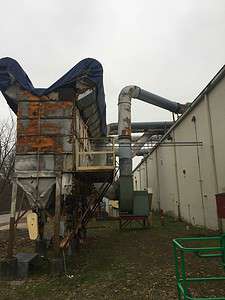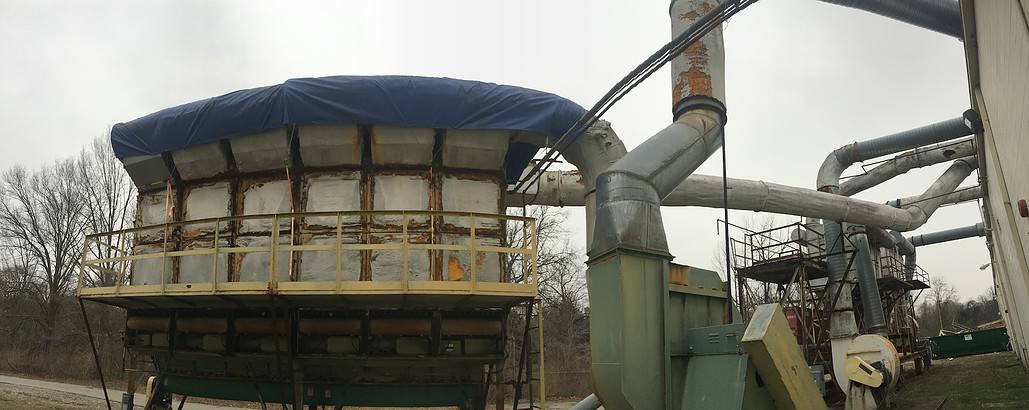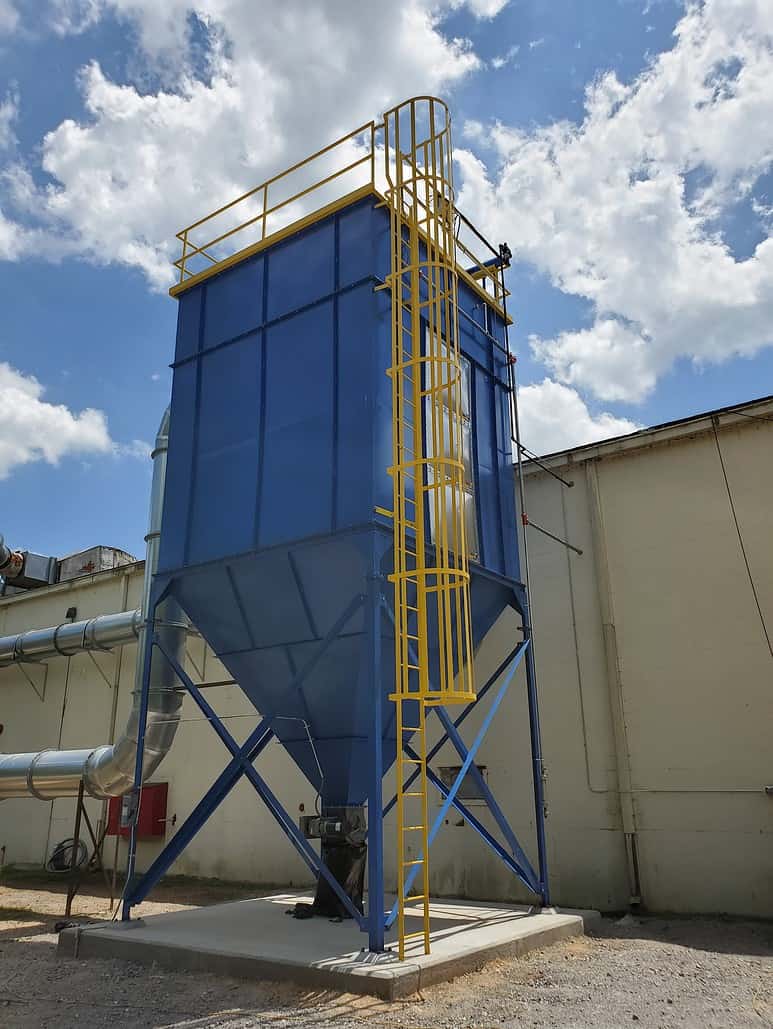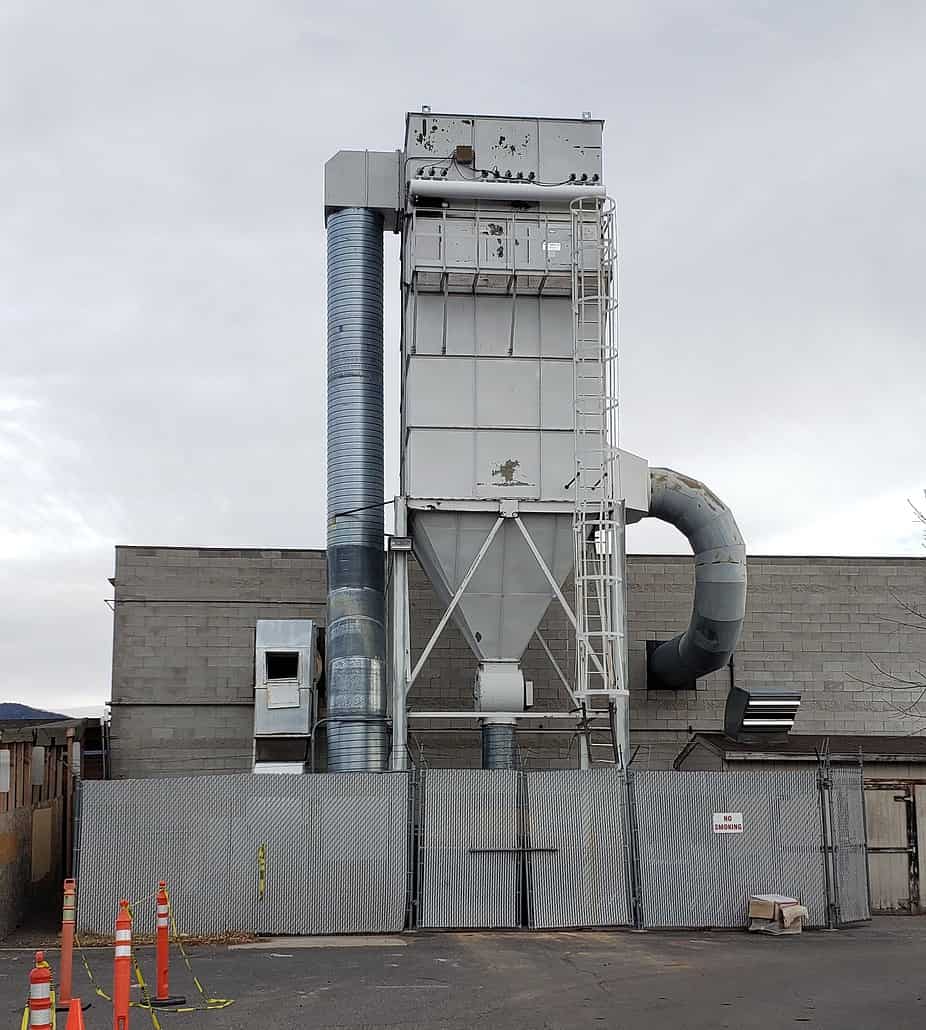Case Study – Expansion at Sunshine Minting
Background
Sunshine Minting, a global supplier and processor of precious metals, was looking to upgrade their dust collection system to support new melt lines and future expansion. Their existing small collectors were inadequate for the increased capacity and airflow requirements.
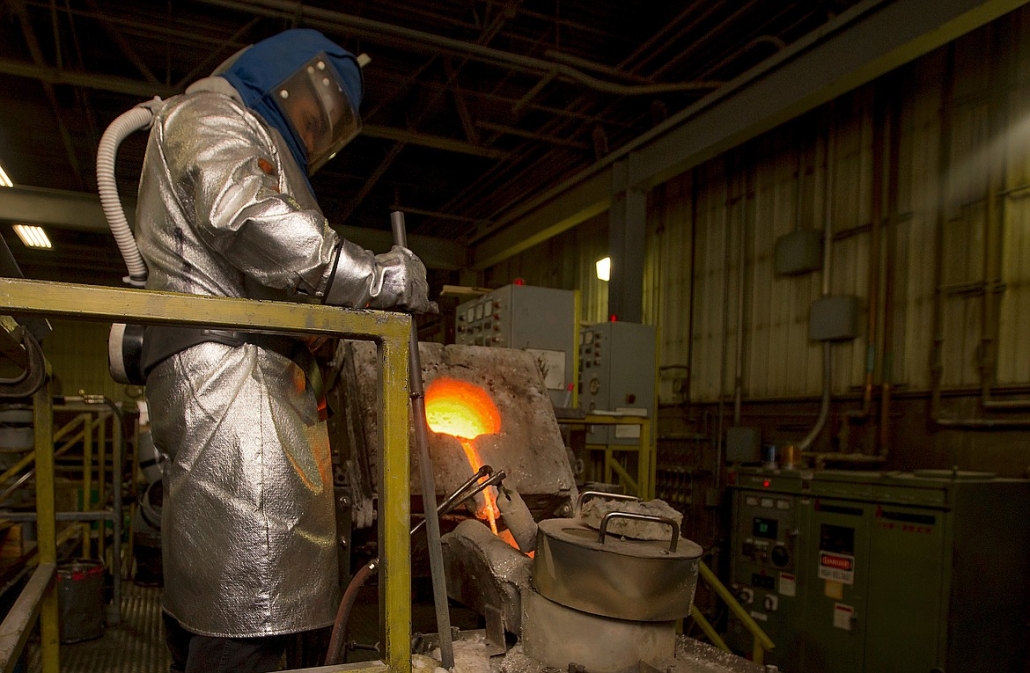
Scope of Work
Sunshine Minting needed a dust collection solution with sufficient capacity and airflow to handle their expanding operations. Additionally, they required improvements in ductwork to connect both new and existing processes to the new system. A spark trap was necessary to mitigate the fire risk from sparks traveling through the ductwork into the collector. Additionally, flame resistant filters were used for extra protection.
Solution
Baghouse.com responded to Sunshine Minting’s needs by dispatching a technician for an on-site inspection. The technician documented the facility layout, the proposed location for the new collector, and the new ductwork configuration. Following this, we installed an ACT 4-48 cartridge collector with a 20,000 CFM fan, a 50 HP motor, and a VFD control panel. A Boss Products Raptor Shield 22″ spark arrestor was also installed, along with connecting ductwork throughout the facility. The turnkey installation included programming of the VFD and airflow measurements to confirm adequate airflow and pressure at pickups and ducts.
What is a VFD?
It stands for Variable Frequency Drive, and is a type of fan controller. A VFD allows the user to run their dust collector fan at a lower or higher rate to manage performance. Rather than simply flipping a switch and running your fan at full speed (think 40kW per hour), the fan motor will run at a lower rate, saving significant energy costs in the long run.
Installation Challenges
Placing the new collector and fan without interfering with existing condensers and other equipment was a challenge. To overcome this, the inlet duct was routed up and over the area, and the fan exhaust was directed away from the facility as requested by the customer. These minor layout modifications are common and easily accomplished with a proper design and layout review.
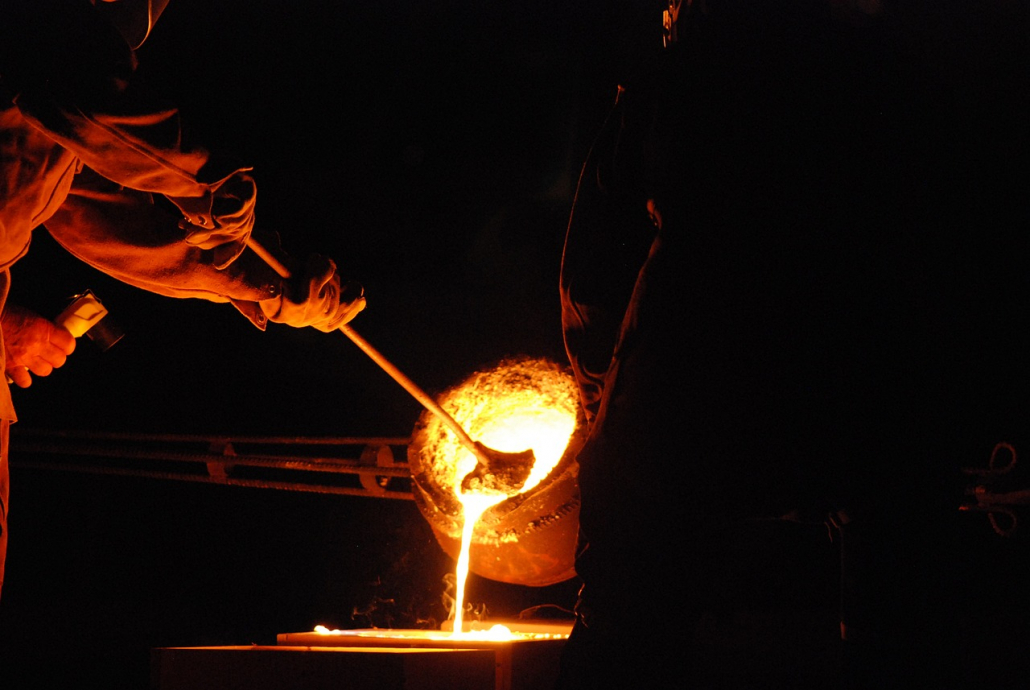
Outcome
The installation of the modern cartridge-style collector has provided Sunshine Minting with sufficient fan and filter capacity for current processes, and extra capacity for future expansion. The VFD controller on the fan improves power efficiency and allows for easy adjustment to accommodate future changes. The MERV 15 rated nano media filters, upgraded with flame retardant treatment, ensure maximum safety from sparks or hot coals.
Sunshine Minting now enjoys enhanced dust collection efficiency and safety, with the system’s additional capacity supporting their ongoing and future operational growth. The improved power efficiency and safety features represent a significant upgrade from their previous setup.
Conclusion
Baghouse.com successfully addressed Sunshine Minting’s dust collection needs with a comprehensive solution that supports their expanded operations and future growth, enhancing both safety and efficiency in their facility.


















